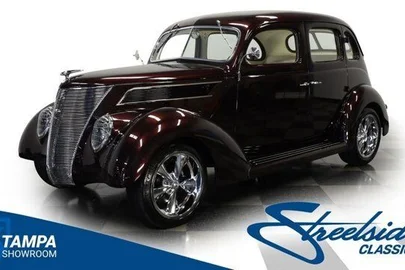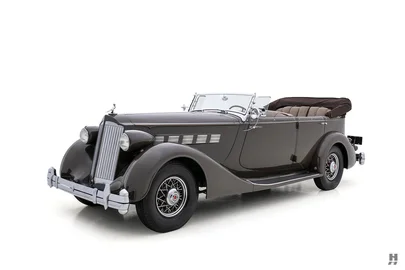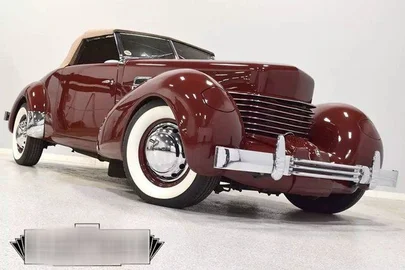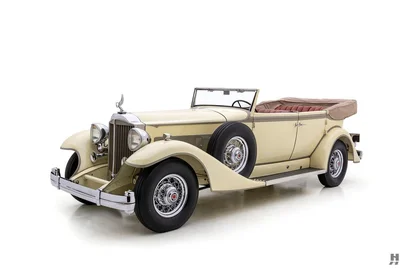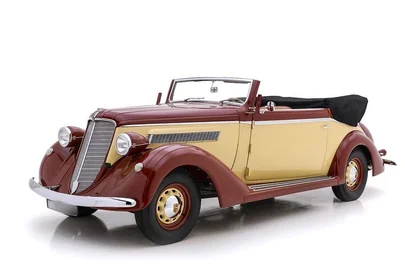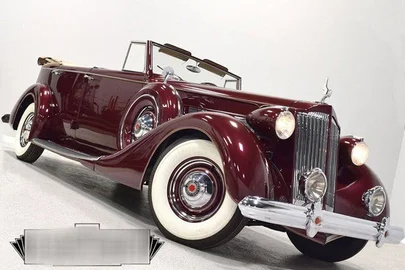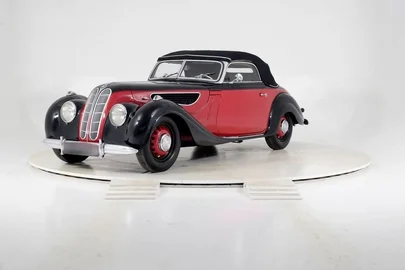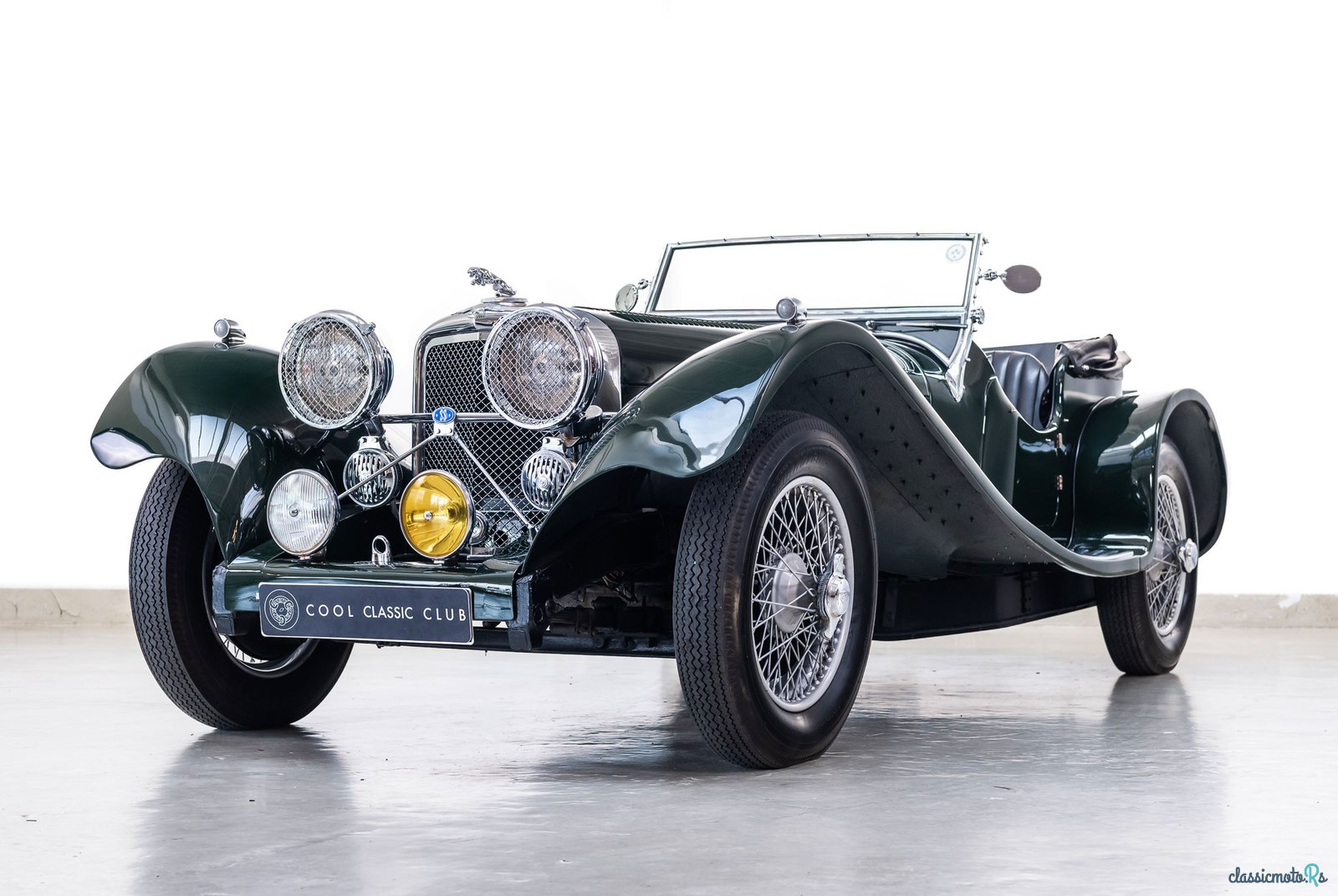
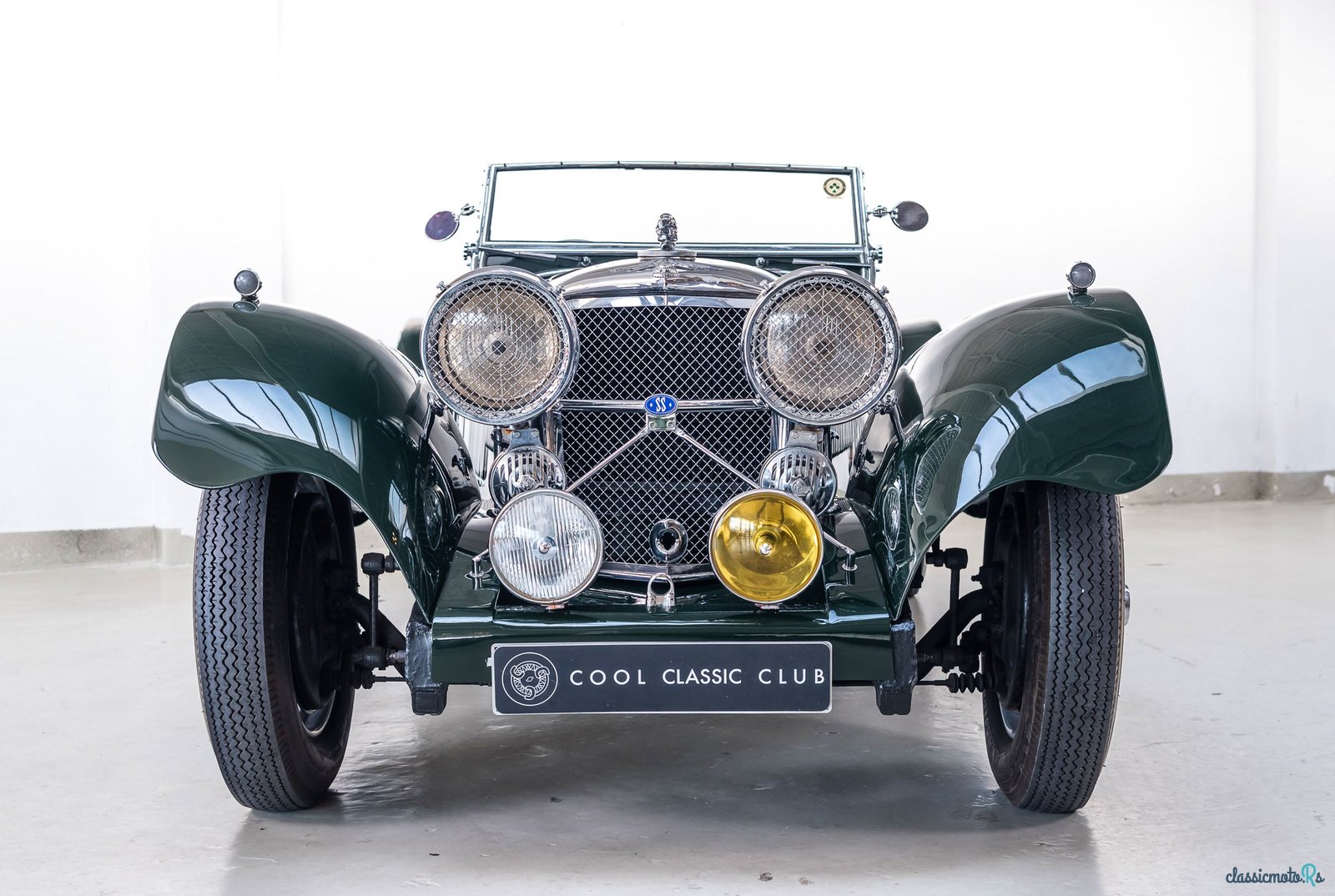
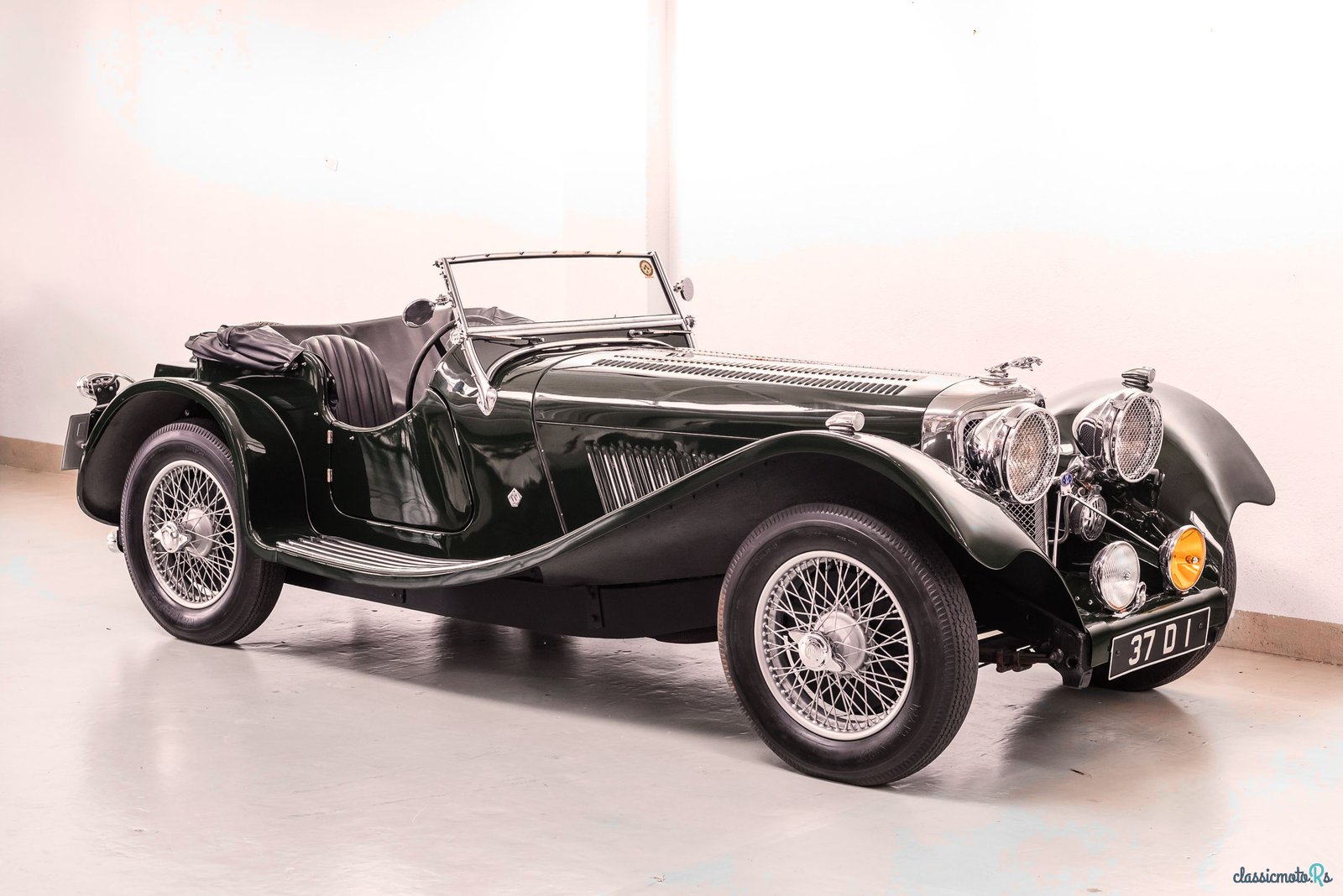
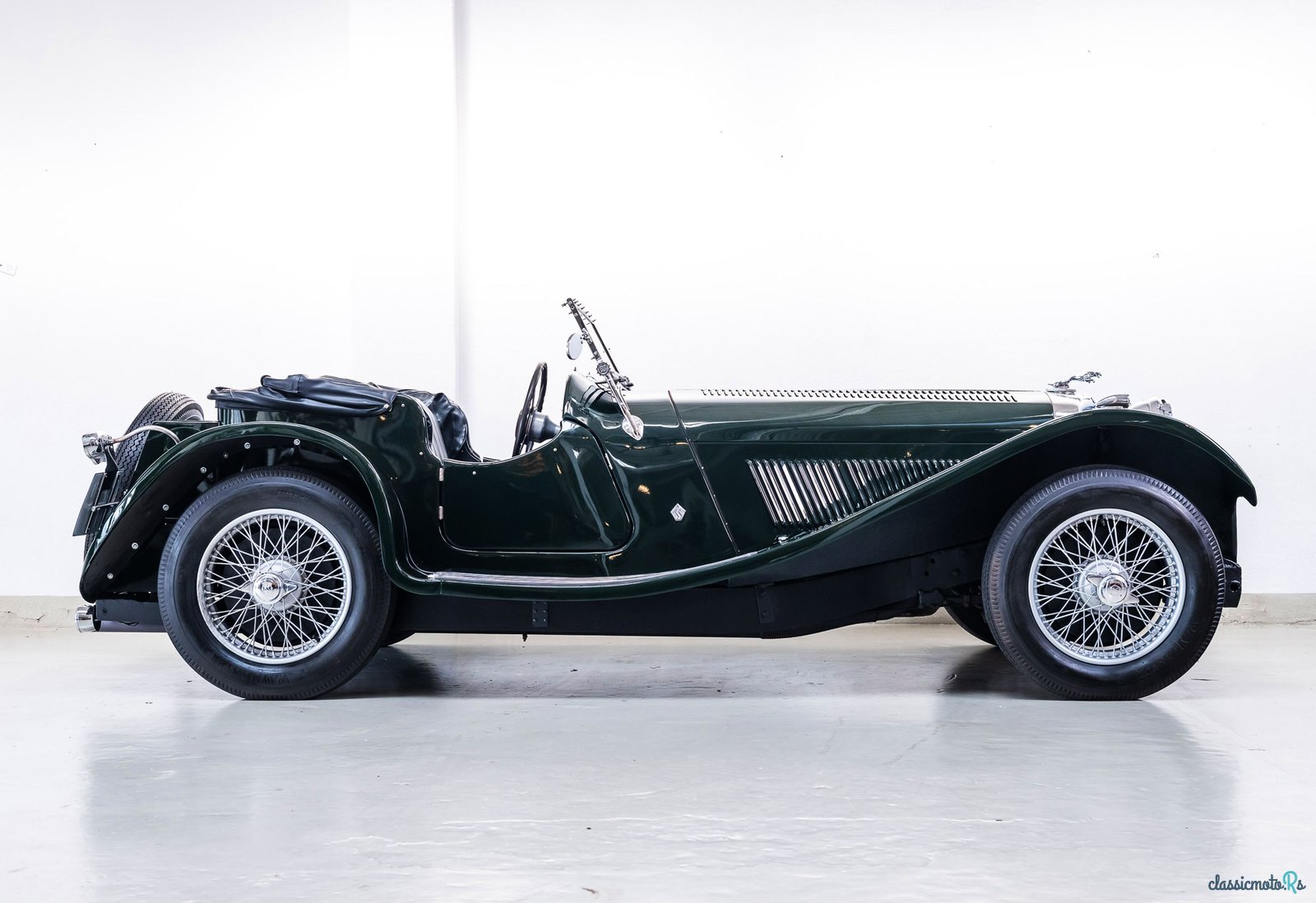
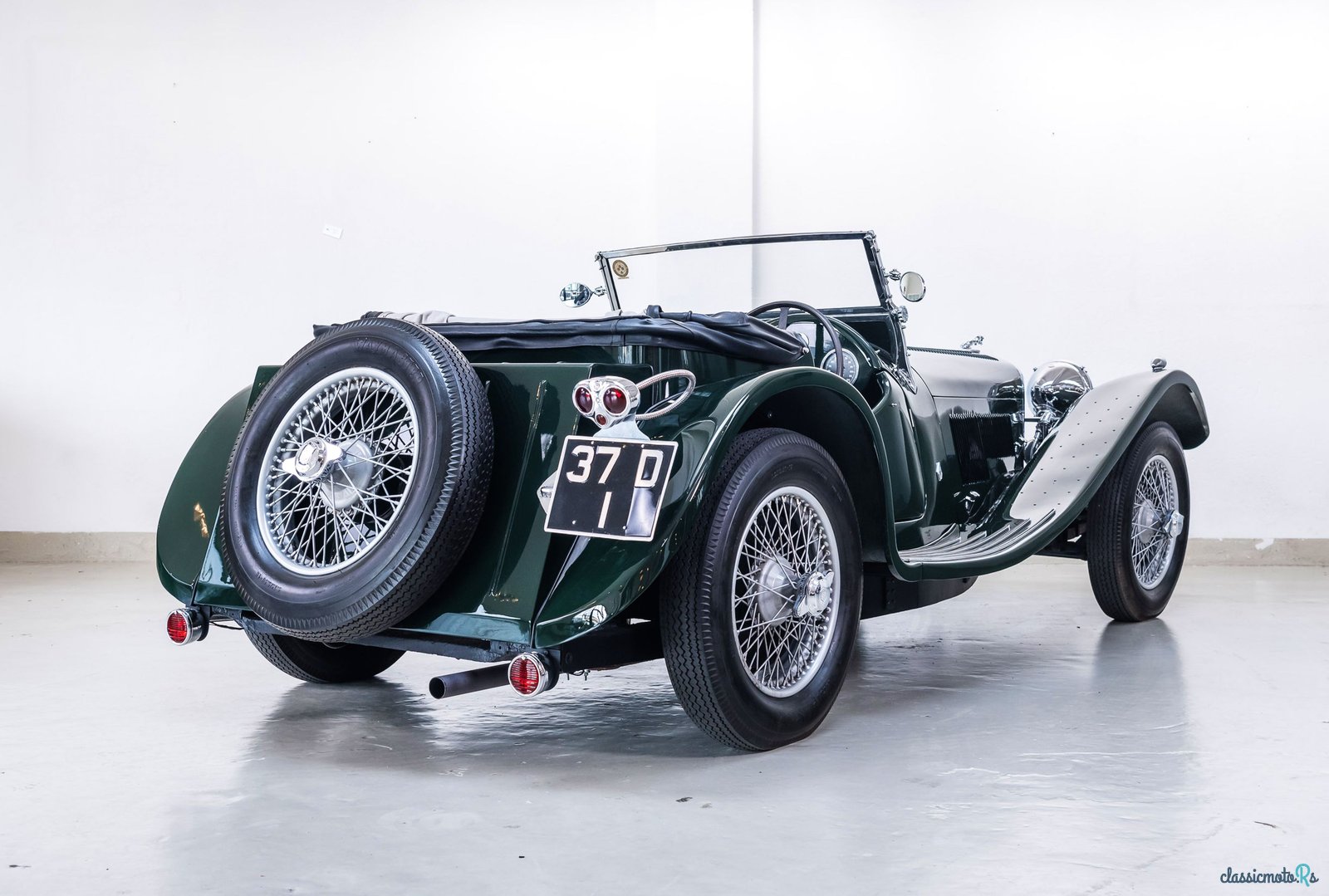
5 photos
1938' Jaguar SS100
Report This Ad!Rate This!Bookmark This
£155,000Published 19 December 2021ID: UUGyqX
Expired
4 years ago
4 years ago
Information from the owner
Age: 83 years
Seller's comments about 1938' Jaguar SS100
A credit to the British automobile industry; The SS Jaguar. –
A few years later, we think they would have phrased it in a different way… But that’s not the point. The arrival of the SS was equivalent to the arrival of a myth. In 1935, the SS90 was born with a 2. 5 litre six-in-line. Together with Bugatti and Alfa Romeo, it started the battle for the fastest production car in the world.
English cars were known for their idiosyncratic engineering and design. The camshaft was not yet overhead, the block was not yet made of aluminium and they didn’t want to know anything about a blower. After some adjustments in the head and some extra praise space, the 3. 5 litre SS100 was born. The result? The magic limit of 100 miles per hour was broken (at the time still an average width of a bicycle tyre, mind you) and she sprinted from 0 to 60 mph in 10. 4 seconds. And yes, your neighbours does the same with his sensible 3 pitter. But who was first and who’s lavishing in style? Precisely.
The sensuously sculpted SS 100 has become a legend. Its groundbreaking performance but also its production numbers have never left the list of endangered car types. Of the 2. 5, 198 were built, of the 3. 5, only 116. Ours was born in 1938 as a saloon and in the early 60’s it was rebuilt alongside a ‘real roadster’ especially for the mayor of Dublin. He in turn drove this SS100 through the streets during Dublin’s 400th anniversary. The engine, gearbox and chassis are matching and original, the body is a very nice replica, which has recently been worked on by Bas Jansen. She is ready for many surprised faces at the traffic lights. Are you too?
Sometimes trying to prove that you are the best is an insult. But do you really care? – Jaguar
A few years later, we think they would have phrased it in a different way… But that’s not the point. The arrival of the SS was equivalent to the arrival of a myth. In 1935, the SS90 was born with a 2. 5 litre six-in-line. Together with Bugatti and Alfa Romeo, it started the battle for the fastest production car in the world.
English cars were known for their idiosyncratic engineering and design. The camshaft was not yet overhead, the block was not yet made of aluminium and they didn’t want to know anything about a blower. After some adjustments in the head and some extra praise space, the 3. 5 litre SS100 was born. The result? The magic limit of 100 miles per hour was broken (at the time still an average width of a bicycle tyre, mind you) and she sprinted from 0 to 60 mph in 10. 4 seconds. And yes, your neighbours does the same with his sensible 3 pitter. But who was first and who’s lavishing in style? Precisely.
The sensuously sculpted SS 100 has become a legend. Its groundbreaking performance but also its production numbers have never left the list of endangered car types. Of the 2. 5, 198 were built, of the 3. 5, only 116. Ours was born in 1938 as a saloon and in the early 60’s it was rebuilt alongside a ‘real roadster’ especially for the mayor of Dublin. He in turn drove this SS100 through the streets during Dublin’s 400th anniversary. The engine, gearbox and chassis are matching and original, the body is a very nice replica, which has recently been worked on by Bas Jansen. She is ready for many surprised faces at the traffic lights. Are you too?
Sometimes trying to prove that you are the best is an insult. But do you really care? – Jaguar
